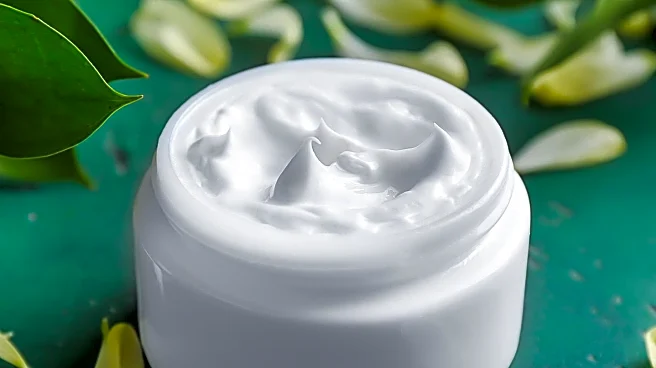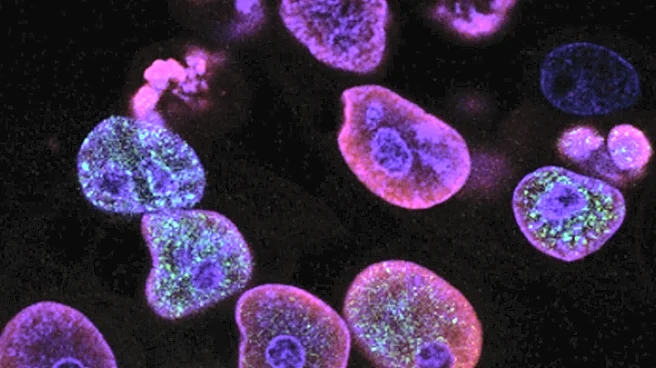What's Happening?
A recent study published in Nature introduces a novel approach for detecting and segmenting freckles on facial skin using a combination of Gaussian Mixture Model (GMM) and the Viola-Jones algorithm. The
research involved creating a dataset of frontal, full-face color photographs from Freepik and Pexels, featuring individuals with visible freckles across various skin tones. The method employs GMM for color-based clustering and the Viola-Jones algorithm for facial region detection, followed by an energy-map-based analysis for freckle detection. The study demonstrated improved performance in terms of Recall, IoU, and Dice coefficient compared to traditional color-based segmentation techniques.
Why It's Important?
This development is significant as it enhances the accuracy of freckle detection, which can be crucial for dermatological research and cosmetic applications. Improved segmentation techniques can lead to better understanding and treatment of skin conditions, potentially benefiting industries focused on skincare and beauty. The method's ability to accurately segment freckles could also aid in personalized skincare product development, offering tailored solutions based on individual skin characteristics.
What's Next?
Further research and development could focus on refining the algorithm to handle more complex skin conditions and expanding the dataset to include a wider variety of skin types and lighting conditions. The method could be integrated into commercial skincare analysis tools, providing consumers with more precise skin assessments. Additionally, collaborations with dermatologists and cosmetic companies could lead to practical applications in skincare diagnostics and product development.
Beyond the Headlines
The study's approach highlights the intersection of technology and dermatology, showcasing how advanced algorithms can contribute to medical and cosmetic fields. Ethical considerations regarding privacy and data usage in facial recognition technologies may arise, necessitating discussions on responsible implementation. Long-term, this research could influence cultural perceptions of beauty and skin health, promoting a more scientific understanding of skin characteristics.











